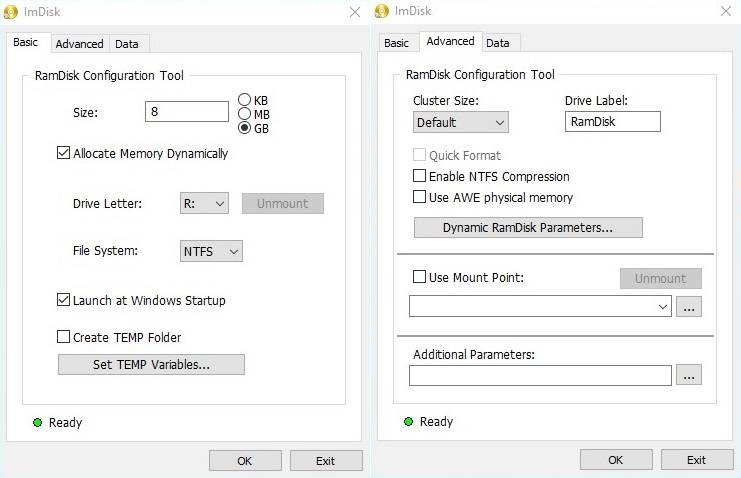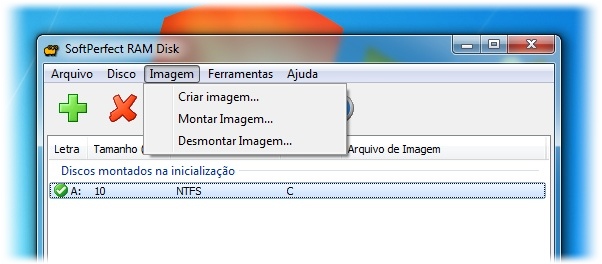
It hurts performance because you're now sharing memory bandwidth with disk access in addition to GPU rendering. This isn't something new and it didn't get any better. Lighten up a little bit.It's interesting if you've been living under a rock. It's not being done because it's practical, it's being done for giggles. While that would be true if the VRAM could not do transfers directly to itself, it can and with this VRAM-disk scheme likely does. However, you have a point with the ram-disk. You assume that game assets are not transferred directly to other sections of VRAM through special instruction operations, which would not be difficult. How? HDD's are much slower and SSD's, even the fastest, are still slow in comparison to VRAM. VRAM is literally the fastest storage you can buy. LexluthermiesterBecause it's very interesting! That's why.

#Make ram disk for game series
Aug 1st 2022 NVIDIA GeForce RTX 40 Series "AD104" Could Match RTX 3090 Ti Performance (121).May 16th 2022 NVIDIA GeForce RTX 4090 Twice as Fast as RTX 3090, Features 16128 CUDA Cores and 450W TDP (101).
#Make ram disk for game install
A proof of concept more than anything - but users with a relatively powerful (or memory-capable) graphics card can perhaps look at this exotic solution as a compromise of sorts, should they not have any fast storage options, and provided the game install size is relatively small. Crysis 3 in this configuration was shown to run by as many as 75 FPS in 4K resolution, with the High preset settings.
#Make ram disk for game free
Loading up of game levels and asset streaming from VRAM "disk-sequestered" pools to free VRAM pools was obviously much faster than usual, even more than the speeds achieved by today's NVMe drives. The rest of the card's 9 GB were then available to actually load in graphical assets for the game, and VRAM consumption (of both the installed game and its running assets) barely crossed the 20 GB total VRAM utilization.Īs you might expect, graphics memory is one of the fastest memory subsystems on your PC, being even faster (in pure performance terms) than system RAM. After doing so, user Strife212 (as per her Twitter handle) then went on to install Crysis 3 on 15 GB of the allocated VRAM.


Using the "VRAM Drive" application, distributed in an open-source manner via the GitHub platform, one can allocate part of their GPU's VRAM and use it as if it was just another system drive. In this case, an RTX 3090 and its gargantuan 24 GB of GDDR6X memory where the playground for such an experiment. Let's skip ahead of any "Can it run Crysis" introductions for this news piece, and instead state it as it is: Crysis 3 can absolutely run when installed directly on a graphics card's memory subsystem.


 0 kommentar(er)
0 kommentar(er)
